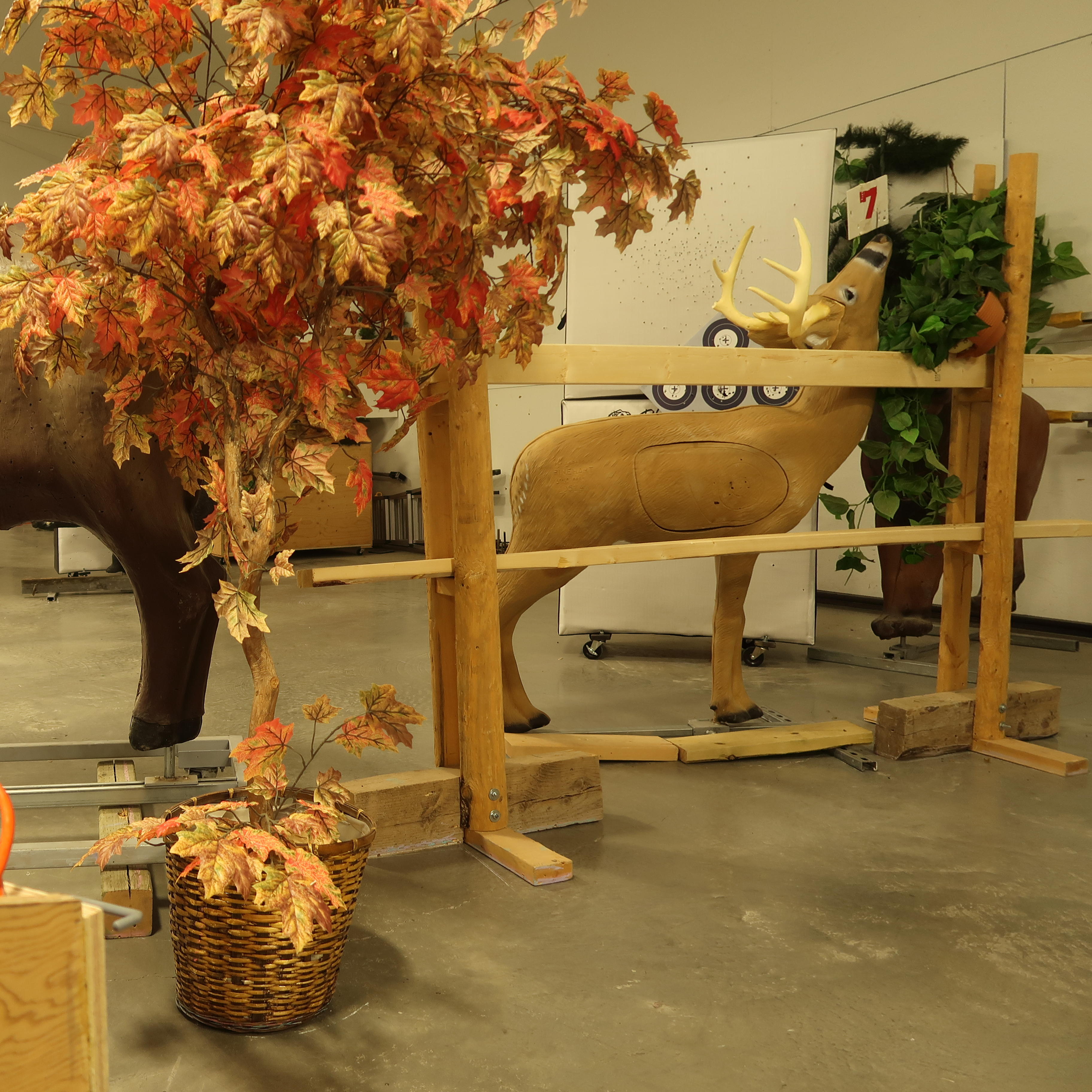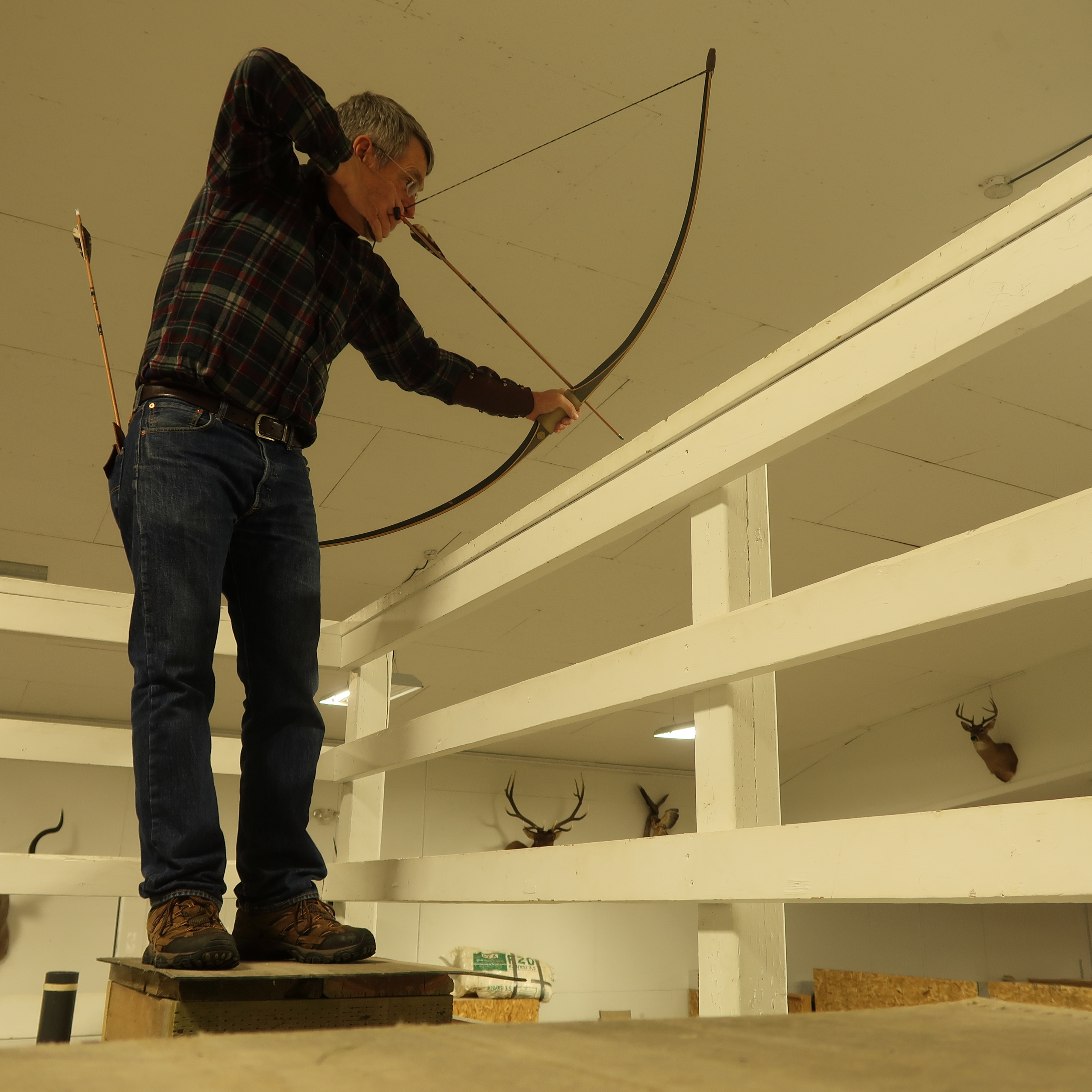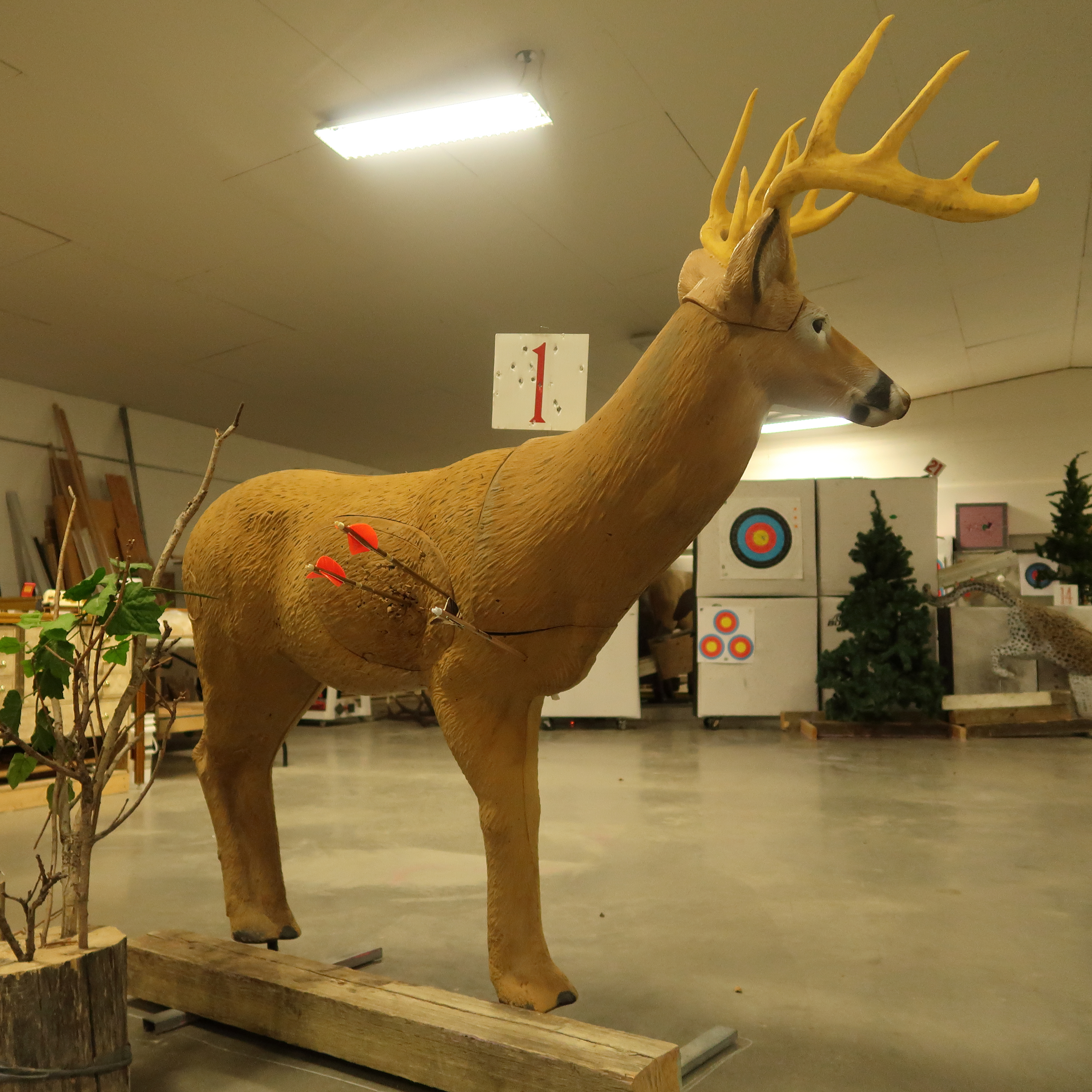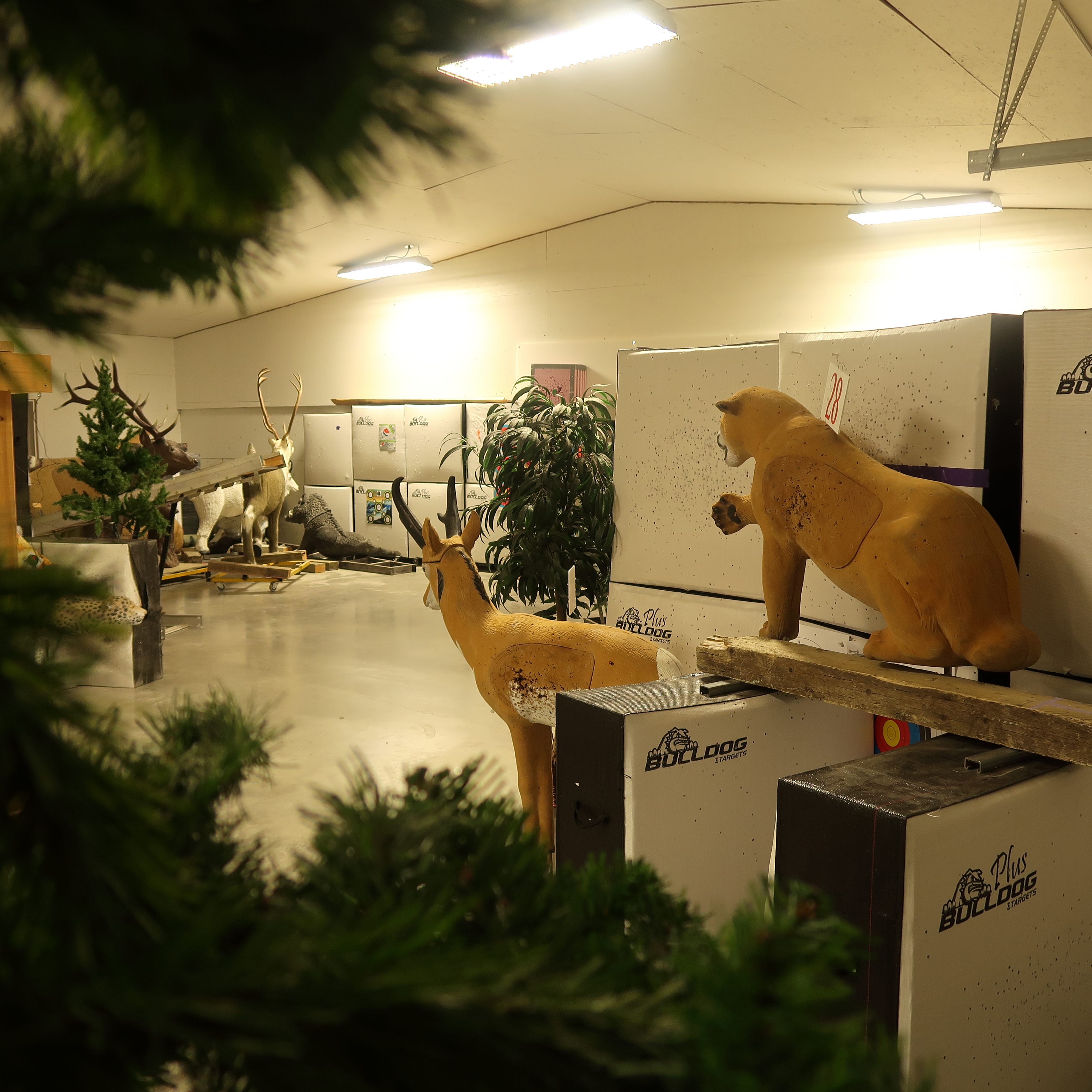There is a gentlemen that walks his Springers behind my house, exercises his falcon within earshot of my backyard, is the husband of one of my son’s teachers when he was in high school, and, as I found out a year or so ago, shoots a longbow. He’s quite friendly to boot. He told me about the 3D league that the local archery club was putting on, and I didn’t need too much convincing.



We’re just over half way in the league, having gone through 7 out of 12 shoots (I missed one; only 10 out of 12 count for the total score), with a different set-up each week. The club owns a variety of targets from most of the local wildlife to more exotic, including a crocodile (or alligator, it’s hard to tell), and we shoot at 12 of them from 6 stations, two rounds each night. The compound guys get one arrow per target to make it happen; the trad guys are expected to be not so accurate, so we get two arrows per target, each round, so 48 shots.
Here are some quick impressions and  lessons learned so far:
lessons learned so far:
- Despite my generally ornery disposition and dislike for crowds, I am enjoying this.
- Low light and distances stretching out to 40 yards make that I can barely read the numbers identifying the targets; that has to have some influence on accuracy. A visit to the laser people may be in my future.
- Having two tries per target really helps. It’s probably not a good reflection of a hunting situation, but it makes our scores look less dismal.
- Out of five trad shooters, I am the only one deliberately aiming.
- Despite having two arrows per target, of which only the best arrow counts, I still had six 5’s on the last scoring sheet, on 24 targets; a five meaning a hit outside the kill zone.
So, for the remaining five, here is the plan:
- Aim for the X! Regularly I find myself aiming for the animal, and not for the 11-ring. Focus, focus, focus!
- Keep trying to execute, and fight the TP*. Sometimes I have trouble releasing the arrow.
- Shoot at least one evening using only one arrow per target. My inflated 75% kill shot percentage may not look so hot when I don’t have a second arrow.
*Target Panic
 My first foray into traditional archery ended abruptly, when a brutal swing of sharp-edged axe cut my bow in half.
My first foray into traditional archery ended abruptly, when a brutal swing of sharp-edged axe cut my bow in half.